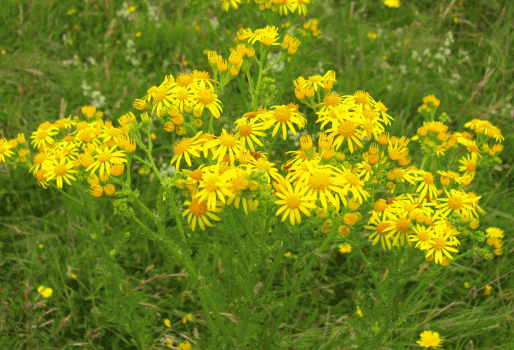
Downland Flowers
This helps to make the South Downs a very special and colourful place in the summer.
Over the last century farming practices have led to a reduction in the biodiversity of the South Downs, with many species under threat.
The Environmental Stewardship Scheme now operated by many West Sussex farmers means that great value is placed on semi-wild habitats which will encourage threatened plants, insects and birdlife.
Many farmers in Sussex now leave strips of uncultivated land at the edges of fields, especially alongside hedges.
It is hoped that these measures will help Sussex's special chalkland environment reassert itself on the Downs.
But one of the issues facing the Sussex countryside is the constant chopping and changing of government agricultural policy.
Much UK agricultural policy is driven by EC rules and regulations. When these change, this often results in tweaks to local laws that cause fundamental changes in farming practices in one region or another. As populations of endangered species sometimes need twenty or thirty years to reestablish themselves in a robust manner, changes every ten years or so are no good at all.
The forthcoming non-renewal of many ESA farming agreements will undoubtedly undo much of the good work that these did, largely wasting the money spent by the government on them.
Oh well....
- Beaches
- Birdwatching
- National Trails
- Downs Link
- Hiking and outdoor equipment
- Monarch's Way
- LIPCHIS Way
- Salterns Way
- Orienteering
- Ramblers
- Walking
- Arundel
- Bognor Regis
- Burgess Hill
- Chichester
- Crawley
- East Grinstead
- Haywards Heath
- Horsham
- Littlehampton
- Midhurst
- Petworth
- Shoreham-by-Sea
- Steyning
- Worthing


